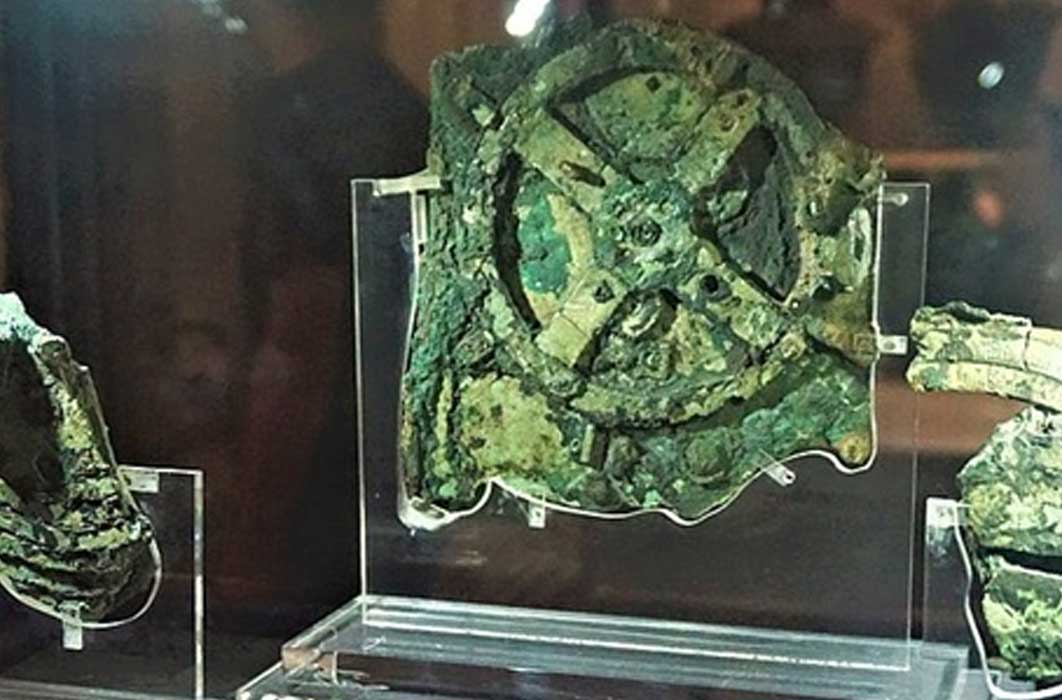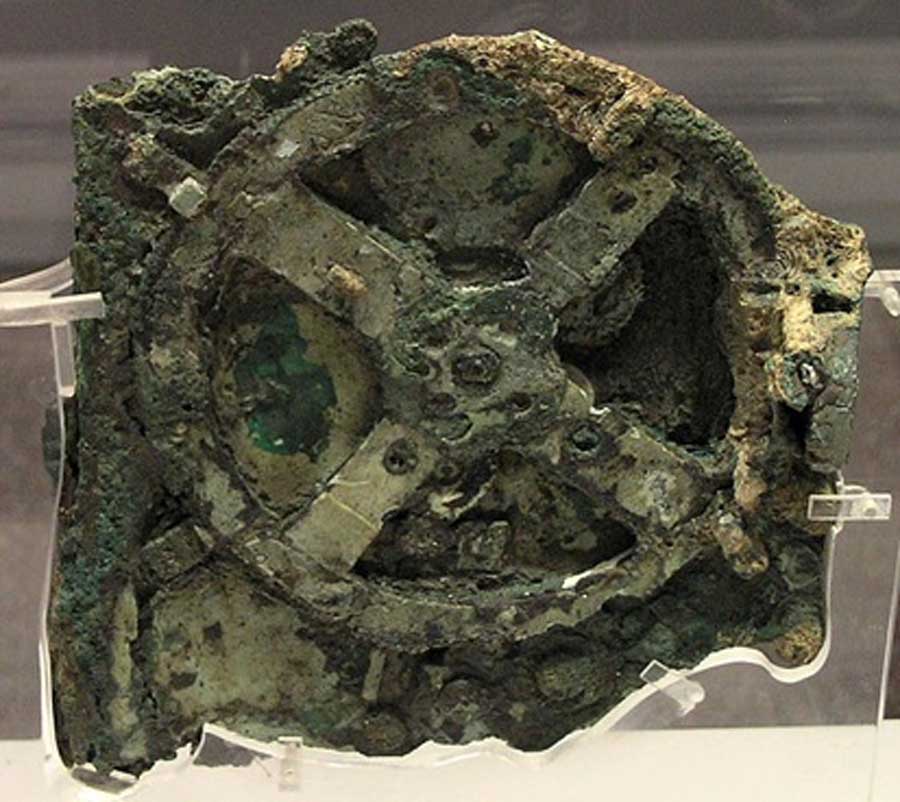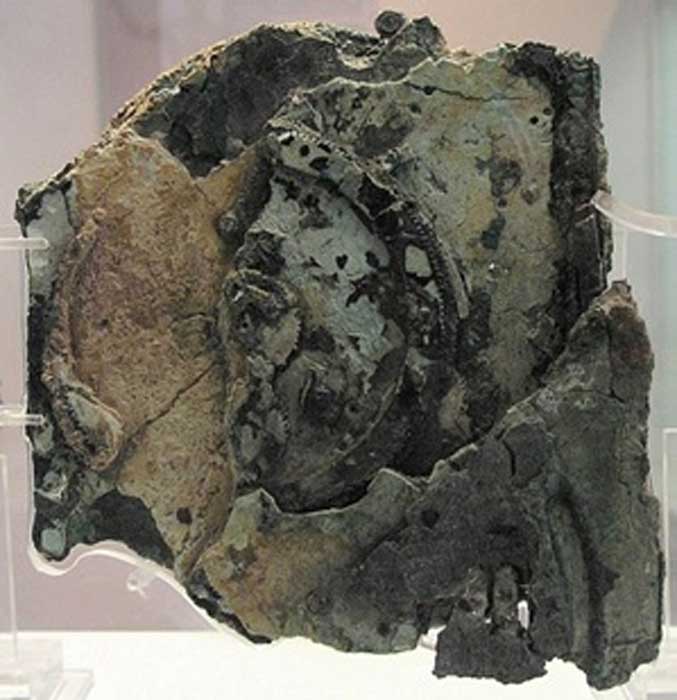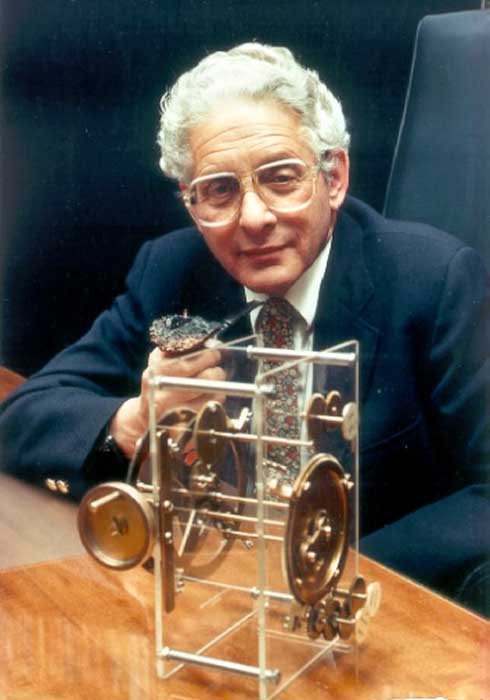
The Antikythera Mechanism: Who Designed the World’s Oldest Astronomical Computer?
Since its discovery in a shipwreck near Greece in 1900, an ancient metallic astronomical clock, called the ‘Antikythera Mechanism’ still baffles scientists. Research articles on the clock offer loose context for what the device is and what is does, but virtually none tackle the outstanding hard questions - who made it and where did its inherent astronomical and mechanical knowledge come from?

The Antikythera Mechanism (Fragment A – front); visible is the largest gear in the mechanism, approximately 14 centimeters (5.5 inches) in diameter. (CC BY-SA 3.0)
Discovering the Antikythera Mechanism
In the spring of 1900, fishermen diving for sea sponges off the coast of Antikythera island in Greece, came across the shocking sight of scores of human limbs, faces and horses. The first diver to resurface was panicked by having found: “too many men and horses for him to count,” which he had presumed had met their fate in a shipwreck. However, it was not the corpses that had set fear into his heart, but he had discovered a rare collection of ancient Greek statues forgotten in time on the seabed of the Mediterranean.
Over the next year divers recovered several marble and bronze artifacts from the Antikythera shipwreck, which still today remains the largest ancient ship ever found. Several of the rare bronze statues were believed to be the work of Lysippos or Praxiteles, two of the most important Classical Greek sculptors of the fourth century BC. It was almost a full year later that museum curators opened a forgotten crate in an Athens Museum courtyard and examined what appeared to be a hunk of oxidized metal.

Fragment A (rear) of the Antikythera mechanism.(CC BY-SA 3.0)
Scientists soon found that the corroded metallic lump was marked with over 1,000 feint inscriptions. Then archaeologists were amazed to discover parts resembling the wheels from modern clocks, which caused wide-spread confusion because the ship had sailed in the Mediterranean Sea more than 1,000 years before mechanical timekeeping appeared in Medieval Europe. At the time this device was sunk, nobody on the planet supposedly had access to the knowledge required to have created such an advanced scientific instrument. Yet it was there: a ‘device’, an ancient machine.
In the 1950s, Yale University historian, Derek de Solla Price, researched technological history spanning thousands of years, and the Antikythera Mechanism, he concluded, was “a miracle of early gearwork… Representing the very origin of modern machinery.” Who on Earth created this incredible OOPArt (Out of place artifact) and where did the creator get the knowledge?





